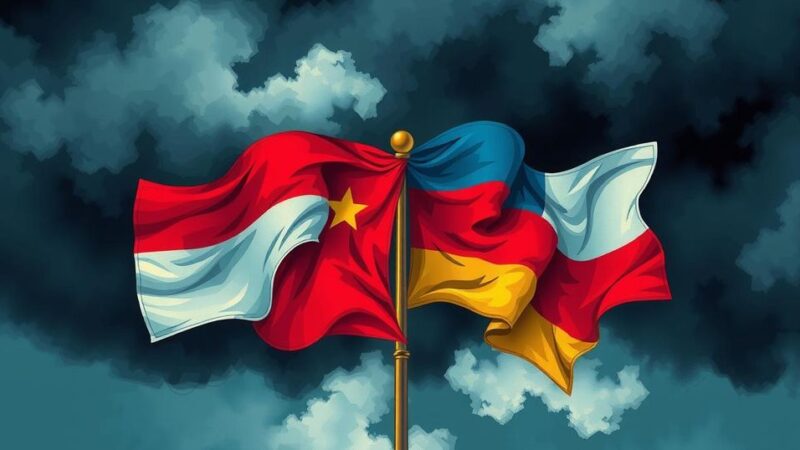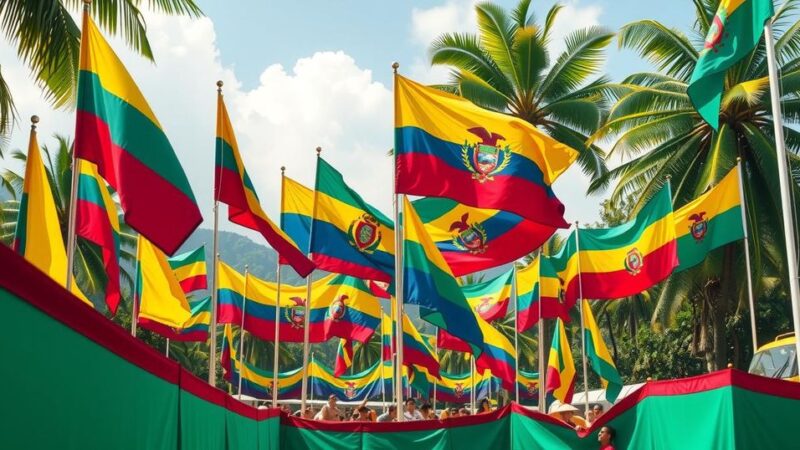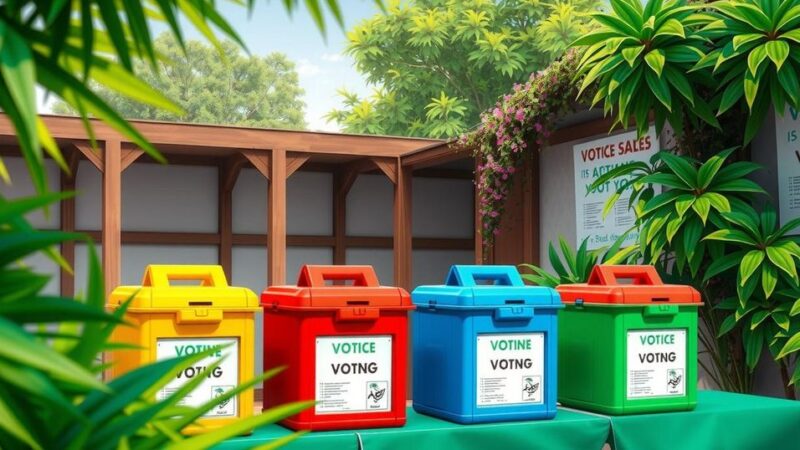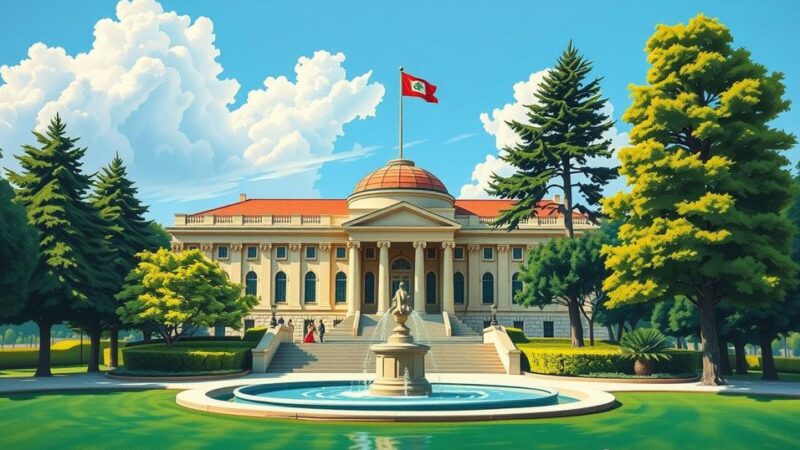The Tigray People’s Liberation Front’s internal power struggle risks reigniting conflict between Ethiopia and Eritrea. The dissident faction’s recent aggressive actions in Tigray threaten stability in the region. Experts warn of severe humanitarian consequences if conflict escalates, while the geopolitical landscape is complicated by various other crises affecting Africa. Immediate diplomatic efforts are crucial to mitigate potential warfare and address humanitarian needs.
The ongoing power struggle within the Tigray People’s Liberation Front (TPLF) has escalated tensions in Ethiopia, potentially leading to a renewed conflict with Eritrea. A dissident faction within the TPLF recently executed an aggressive takeover in the Tigray region, prompting accusations from interim leader Getachew Reda of collusion with Eritrea to destabilize his administration. This follows a peace agreement signed in 2022 that had previously ended a prolonged civil war between the Ethiopian government and the TPLF.
The dynamic between Eritrea and Tigray is fraught; during the 1990s, they were once allies against a common foe but turned adversarial after Eritrea’s independence. Eritrean President Isaias Afwerki remains hostile toward Tigray, aiming to eradicate the TPLF entirely. Calls for Eritrean troop withdrawal from contested areas persist, yet the situation remains precarious as tensions heighten.
TPLF factions expressing dissatisfaction with the 2022 peace agreement further complicate the situation, feeling that their interests were minimized. The paramilitary Tigray Defense Forces (TDF) have now allied with the dissident faction, intensifying the political landscape amid growing fears of an immanent conflict. Experts have warned that renewed hostilities could destabilize neighboring countries, particularly Sudan.
The humanitarian implications are severe, as the last civil war displaced millions and led to significant casualties, with those displaced still relying heavily on aid. Ethiopia is critical in the regional refugee crisis, hosting thousands fleeing various conflicts. The potential for further instability raises concerns not only for humanitarian conditions but also for geopolitical relations in the Horn of Africa.
In addition to Tigray’s situation, the article describes other pressing issues across Africa, including the withdrawal of Rwandan-backed M23 from peace talks in Congo, the expulsion of South Africa’s ambassador by the U.S., and environmental disasters such as a Chinese mine spill in Zambia. As the region confronts multiple crises simultaneously, the repercussions of the TPLF power struggle on Ethiopia-Eritrea relations could prove dire for East Africa’s stability.
The internal rift within the Tigray People’s Liberation Front poses significant risks of escalating conflict in the region, particularly between Ethiopia and Eritrea. As tensions rise, humanitarian concerns and regional stability hang in the balance, with the potential for multi-national fallout. The situation underscores the urgent need for diplomatic intervention and a focus on humanitarian aid amidst the burgeoning crises across Africa. The ongoing geopolitical intricacies require vigilant monitoring to prevent further deterioration.
Original Source: foreignpolicy.com






